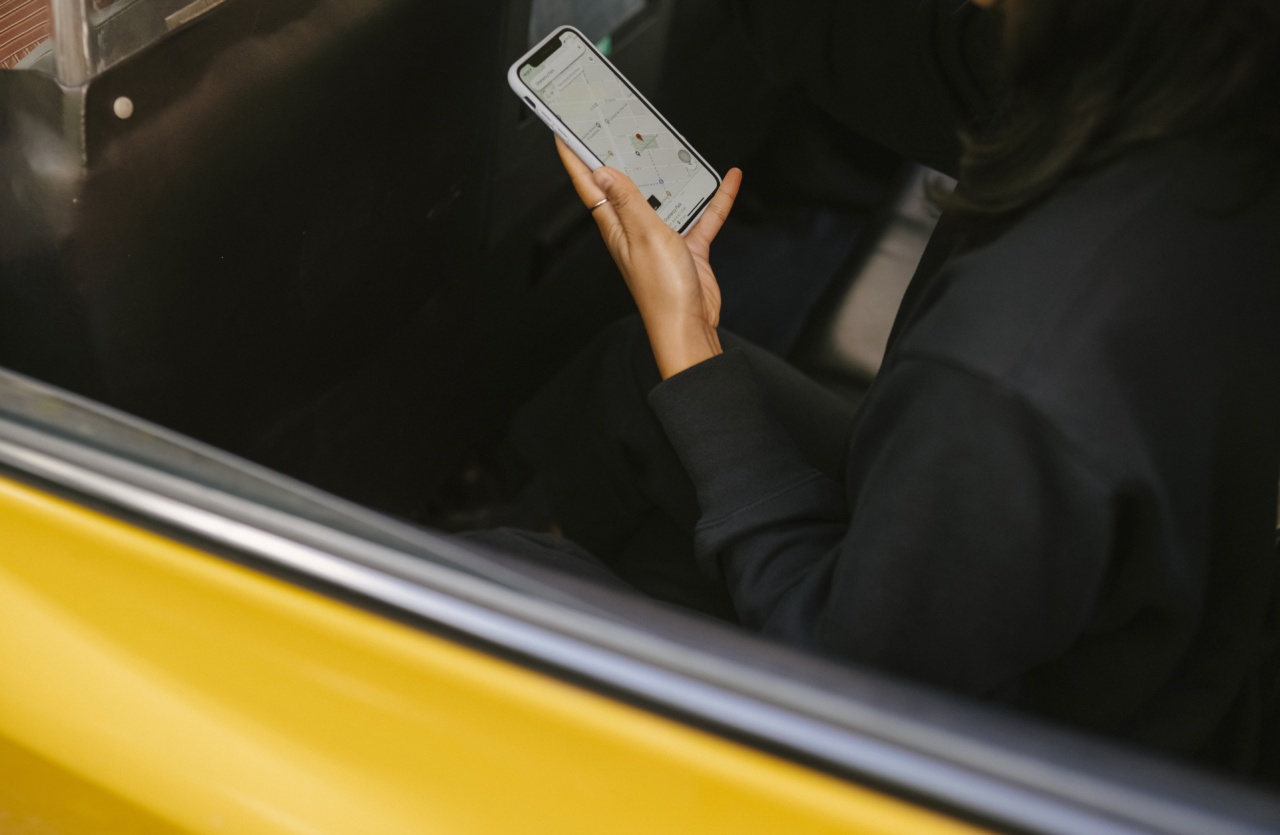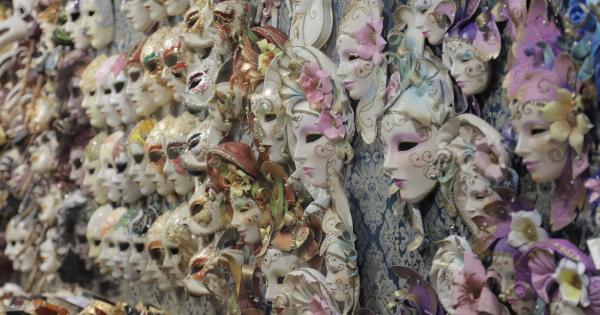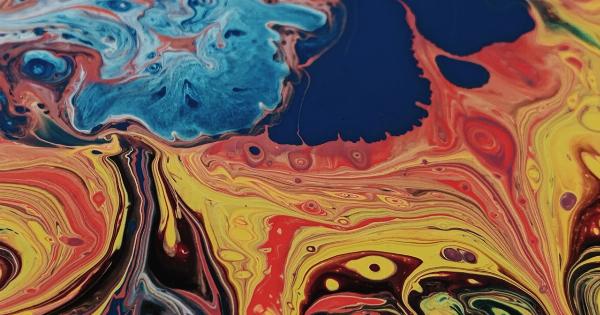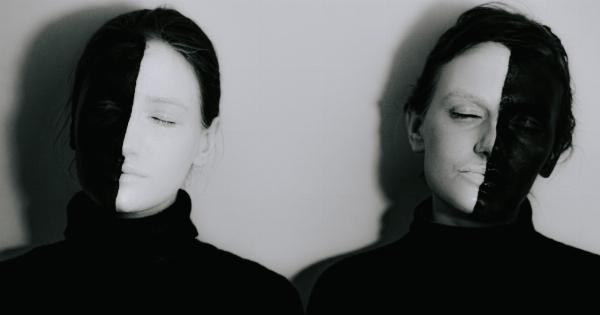Coloring is an essential aspect of art, design, and various creative fields.
Whether you’re an artist, a digital designer, or simply someone who enjoys coloring as a hobby, understanding different coloring techniques and styles can greatly enhance your work. In this visual guide, we will explore various techniques and styles used in the world of coloring.
1. Basic Coloring Techniques
Before diving into advanced techniques, it’s essential to grasp the basics. Basic coloring techniques involve using primary colors, color blending, shading, and highlighting.
These techniques form the foundation of coloring and are used in various styles.
2. Watercolor Style
Watercolor style combines transparency and vibrancy to create soft, flowing colors. This technique is popular among artists, as it allows for spontaneous and unpredictable effects on paper or canvas.
Techniques such as wet-on-wet, dry brushing, and glazing are commonly used in watercolor style.
3. Realism Style
Realism style aims to depict objects with accuracy and precision, replicating their appearance as closely as possible. This style requires attention to detail, texture, shading, and light sources.
It often involves layering and meticulous blending techniques to achieve lifelike results.
4. Impressionism Style
Impressionism style focuses on capturing the essence and fleeting moments of a subject rather than its detailed representation.
Artists in this style use loose brushwork, bold colors, and short, visible brushstrokes to create a sense of movement and atmosphere in their artwork.
5. Pop Art Style
Pop art style originated in the 1950s and gained popularity in the following decades. It involves using bold, vibrant colors, and commercial imagery to depict everyday objects, celebrities, and popular culture.
Pop art style often incorporates elements of advertising, comic books, and graphic design.
6. Pen and Ink Style
Pen and ink style is characterized by the use of pen strokes, hatching, and cross-hatching techniques to create intricate and detailed illustrations.
Artists often focus on line work and texture, using different nib sizes and ink densities to add depth and dimension to their artwork.
7. Digital Coloring
In this digital age, coloring techniques have expanded into the realm of digital art, using software like Adobe Photoshop or Procreate.
Artists can use various brushes, layers, and blending modes to create stunning digital artwork with unlimited possibilities for experimenting and editing.
8. Grayscale Coloring
Grayscale coloring involves using varying shades of gray to create depth, volume, and contrast in an artwork. This technique is commonly used in black and white photography and can also be applied to coloring.
Artists can achieve different effects by controlling the intensity and distribution of grayscale tones.
9. Mixed Media
Mixed media style combines different materials and techniques to create unique artwork. Artists can incorporate elements of painting, drawing, collage, and digital art, allowing for limitless creativity and experimentation.
This style offers the freedom to combine colors, textures, and materials to achieve desired results.
10. Abstract Style
Abstract style emphasizes shapes, colors, lines, and forms rather than depicting recognizable objects or scenes. Artists use their imagination and creativity to create non-representational or non-objective artwork.
Abstract style encourages experimentation and allows for individual interpretation and expression.
Conclusion
Coloring techniques and styles are diverse and versatile, offering endless possibilities for artists, designers, and enthusiasts.
By understanding and exploring different techniques and styles, you can develop your own unique approach to coloring and unleash your creative potential in various artistic endeavors.































